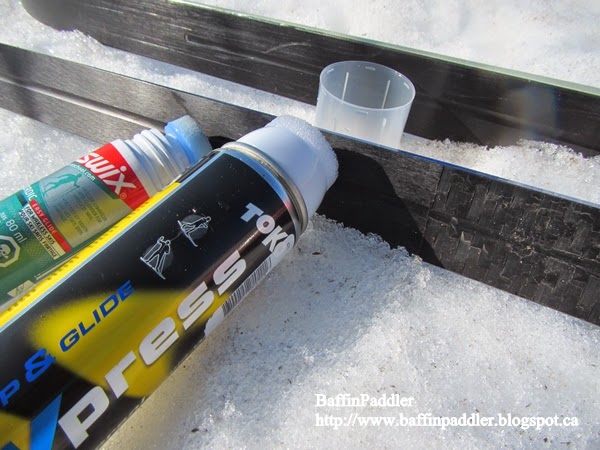Ça Cogne! It's spring in Canada.

What "cognes?" The ice melting, breaking up, and flowing downstream to be churned up in the rapids as they hit the whitewater kayaks playing in the big, fast, spring flows of the Ottawa River off Bate Island. Over the weekend, I watched the melting ice flows moving downriver towards the rapids. They are almost impossible to see churning in the whitewater of the rapids. I asked a whitewater paddler at Bate Island, "What about the ice?" He responded in French, "Ça Cogne." In English, you can choose the verb of your choice: it bangs, knocks, hits, thumps, whacks, wallops, or clobbers. I guess the size and speed of the ice chucks hitting your kayak would help you choose the best word. Then I asked him, "What if you go into the water." He responded calmly with a smile, "Cover your face." Spring thaw usually equals big spring flows on the Ottawa River. And this year is no different. Each year I look for the peak spring flo...

